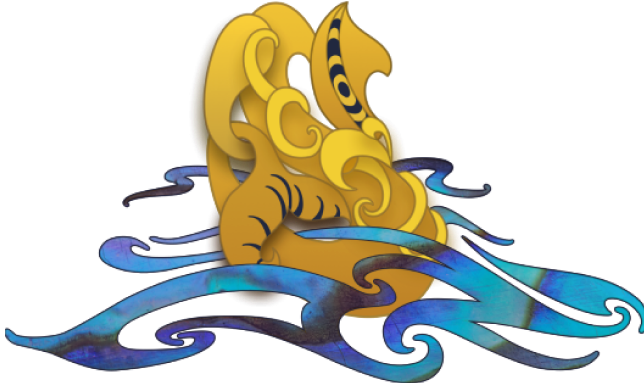Improving Whānau Health and wellbeing where they Live, Learn, Work & Play
ePānui - 19/03/2025
Te Mata ō Kaiwaka: Reviving Hauora in the Hauraki through Mau Rākau, Raranga & Tikanga Māori
Event Date: 01/03/2025
Te Mata o Kaiwaka wānanga held at Matai Whetū marae served as a powerful platform for connection, learning, and cultural revitalisation within the Hauraki rohe. This wānanga was a living expression of whakapapa, manaakitanga, and whanaungatanga in action. It brought together whānau, community leaders, and health-focused organisations, bringing a sense of unity and shared purpose. Through shared kai, whakawhanaungatanga, and hands-on learning, whānau built strong relationships grounded in mana and a collective desire to uplift the Hauora of the Hauraki rohe. Te Mata o Kaiwaka aims to provide pathways for rangatahi and pakeke to strengthen physical and mental agility. Through taaonga tuku iho we explore identity, language, and culture. This serves as an avenue for genuine self-expression within a safe environment.
Mau rākau acted as both a physical discipline and a gateway into deeper cultural learning. Whānau engaged in purposeful movement, strengthening their coordination, endurance, and overall fitness. However, the benefits of mau rākau extended far beyond the physical. Each stance, strike, and drill were embedded with tikanga, history, and the values passed down from tūpuna. This holistic approach encouraged mindfulness and emotional resilience, as whānau were encouraged to reflect on their own journeys and whakapapa, weaving pride in cultural identity into their personal hauora journeys.
The wānanga also empowered community resilience and empowerment by encouraging whānau and rangatahi to step into leadership roles and embrace responsibility. Through the challenges of physical training and the discipline required to learn mau rākau, participants were supported to push through discomfort and self-doubt. As they worked together, learning to move as one, they developed a deeper understanding of the importance of teamwork, self-determination, and collective strength. Embedded within these experiences were pūrakau that connected participants to the narratives of their tūpuna, demonstrating that resilience is woven into the very fabric of their whakapapa. This empowered whānau to return home not just with new skills, but with a warrior mindset—ready to lead, support, and uplift their own communities.
At the heart of the wānanga was a deep commitment to revitalising Te Ao Māori and strengthening cultural identity. Mau rākau was taught within its broader cultural context, ensuring whānau understood the whakapapa, reo, and pūrakau that sit alongside each movement. This was further supported through mahi raranga, connecting participants to the traditional art of weaving, which reinforced the importance of creating with intention, honouring ngā atua, and understanding the hononga held within each harakeke strand and rākau (mau rākau).
By grounding the wānanga in tikanga, mātauranga Māori, and whanaungatanga, Te Mata o Kaiwaka ensured this kaupapa was not just about learning skills, it became an act of reclamation and revitalisation. whānau left with more than mau rākau movements; they carried with them a renewed sense of pride, identity, and purpose, standing taller as kaitiaki of their culture and community. In this way, Te Mata o Kaiwaka is a living expression of tino rangatiratanga, preparing the next generation to carry these taonga forward.


























